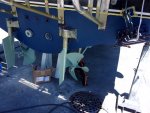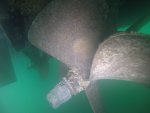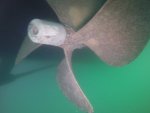Tranona
Well-known member
That is a good idea. They will waste first because they will be closer to the propellers. However you may well find that if you have a high quality prop (with less zinc than is common in cheaper props) the wastage may be low. Only way to find out is to put it in the water.Mmmm, think I will look at putting some additional zinc on the nuts.



